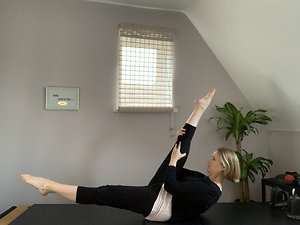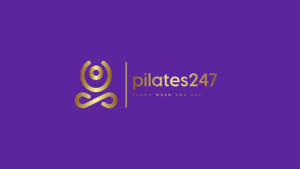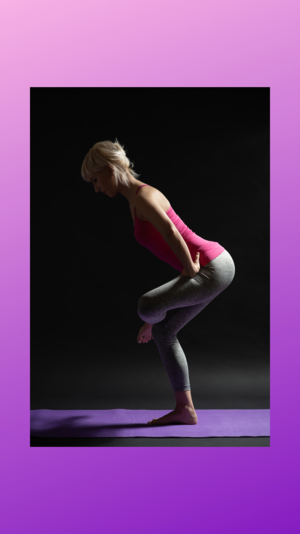Q: What is Intrinsic Biomechanics?
It is the assessment of bodily movement which identifies imbalances in postural alignment, joint functionality and movement patterns. With this assessment it is then possible to provide an accurate, personalised fitness/exercise program to optimise movement and strength development.
Q: How does it work?
Each client who books a biomechanics assessment is assessed with a comprehensive range of scientifically proven tests. Based on this review, specific exercises will be prescribed, reassessment will take place and further exercises prescribed, working around the body in a systemetic fashion to bring back balance and ease of movement.
Q: Who is it for?
Anyone who has become aware that their body is not working optimally. An aging population. Perhaps you are a keen sports participant and notice your body keeps getting injured in the same way. Perhaps you always feel you could achieve more in your chosen sport but there appears to be some kind of block in progress. You may be a young person with a young family and notice you keep hurting yourself when playing with your children. You may be a middle aged person who notices more aches and pains creeping into your movements but traditional treatments only work for a short time before the aches reappear. Have you had an injury which is having a knock on effect somewhere else in your body? Basically biomechanics can help anyone!
Q: What can it do?
- Helps to prevent injury, by: Addressing underlying imbalances that can often go unnoticed until pain or dysfunction appear. Reduces repetitive strain and compensatory movement patterns.
- Improves movement efficiency, by: Enhancement of joint alignment and muscular balance. Better co-ordination. Maximising performance in sport.
- Enhances performance, by: Benefit to daily activities such as walking, sitting and lifting by making such activities more comfortable and building confidence. Building a firmer biomechanical foundation for strength, agility and speed.
- Teaches greater body awareness, by: Improvement of motor control and neuromescular co-ordination. Builds confidence in movement and reduces fear of re-injury
- Provides a personalised approach to exercise and movement and intagrates well with other training programs such as pilates, strength training or rehab.
- Supports long term resilience as creates long term change through better movement patterns.




